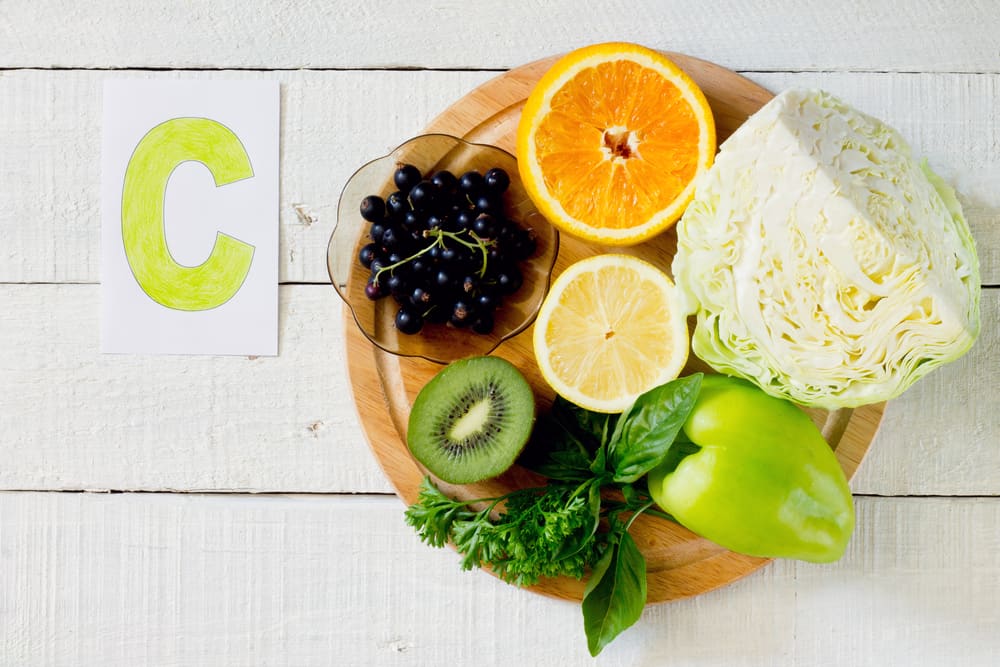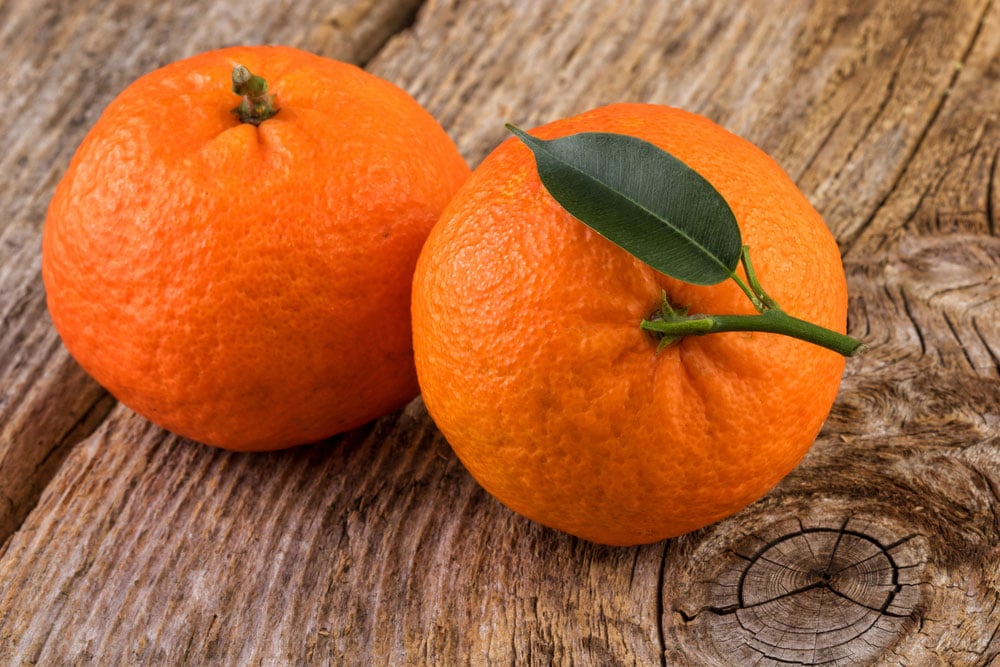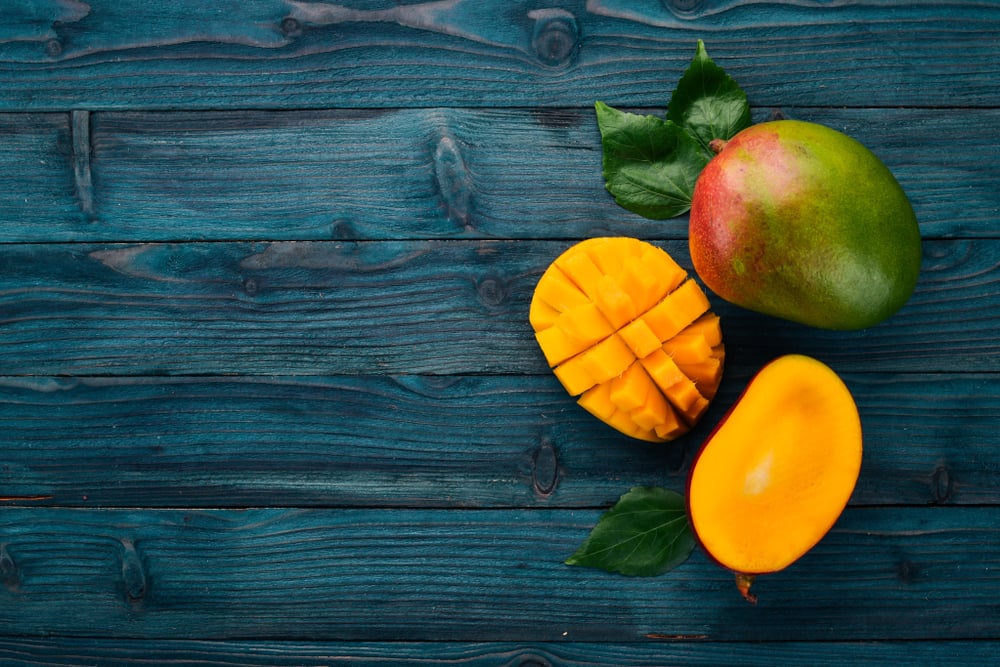6 Fruits High in Vitamin C, Apart from Oranges
So far, many people think that the best source of vitamin C is oranges. In fact, oranges are not the fruit that contains the most vitamin C. There are other fruits that contain much more vitamin C. Some of them you might not expect. What are some examples?
Various fruits that contain vitamin C

Vitamin C is one of the important vitamins needed by the body. The main function of vitamin C is to support cell growth and repair, increase endurance, and maintain healthy skin.
A nutrient called ascorbic acid also helps prevent deficiency anemia by increasing the absorption of iron from food. As an antioxidant, vitamin C also protects various body cells from damage caused by free radicals.
Given this important function, it’s no wonder your body needs vitamin C from food. One of the best sources of this vitamin is fruit. Here are some types of fruit with the highest vitamin C content.
1. Guava
If you are looking for a fruit that contains vitamin C, guava is definitely on the top of the line. One medium guava contains more than 200 milligrams of ascorbic acid, much higher than the amount found in oranges.
Apart from vitamin C, guava is also rich fiber. Based on a research in Journal of Clinical and Diagnostic ResearchThe beneficial nutrients in guava can help lower blood pressure and cholesterol.
2. Papaya
Papaya is usually known as a fruit to launch bowel movements. However, did you know that this brightly colored fruit is also rich in vitamin C? The vitamin C content of half a papaya is 94 milligrams, slightly higher than an orange.
Papaya fruit also contains fiber, vitamin A, vitamin B complex (especially vitamins B6, B2, and B1), potassium, and calcium. Thanks to this content, papaya can help the body’s metabolism, control blood pressure, and maintain eye health.
3. Kiwi
Another fruit that contains high amounts of vitamin C is the kiwi. One medium kiwi fruit contains 64 milligrams of vitamin C, or the equivalent of 71% of adult needs in a day.
Kiwi also contains vitamins A, E, K, and various types of minerals. Uniquely, the fruit with ‘hairy’ skin contains omega-3 fatty acids, nutrients that are usually found in fatty fish such as salmon.
4. Oranges

As a fruit that is known to be able to fight disease, the nutritional content of oranges is indeed no joke. One medium orange contains 82.7 milligrams of vitamin C. This amount can meet 91% of the needs of adults in a day.
Oranges also contain many vitamins and minerals, especially vitamins B1, B9 (folate), and potassium. By eating oranges, your body can get antioxidants in the form of phenols and lycopene.
5. Strawberries
Half a glass (125 grams) of strawberries contains 52 mg of vitamin C. Slightly less than the vitamin C content of oranges, but this in no way reduces the health benefits of strawberries.
Apart from containing vitamin C, strawberries are also a fruit that is rich in antioxidants. Several studies have shown that the antioxidants in strawberries may have the potential to lower the risk of cancer and neurological disease and slow aging.
6. Pineapple
If you are getting bored with oranges, try replacing them with pineapples. Simply by consuming one large slice of pineapple, you can get 79.3 milligrams of vitamin C. This amount can meet 88% of your vitamin C needs in one day.
Pineapple is also famous for its bromelain content. Bromelain is a digestive enzyme that helps break down protein in food and reduces bloating. This enzyme can also function as an anti-inflammatory agent.
7. Mango

Although not as many as other fruits that have been mentioned, the content of vitamin C in mangoes is still to be taken into account. Eating half a mango fruit can provide 60 milligrams of vitamin C, or the equivalent of 66% of daily needs.
Mangoes are also rich in fiber and phytochemicals, such as carotenoids and polyphenols. A number of studies say that the polyphenol antioxidant compounds present in mangoes have the potential to reduce riskbreast cancer and colon cancer.
8. Blackcurrant
Blackcurrant generally more commonly known as flavored drinks. Even though, black currants fresh fruit contains vitamin C in quite high amounts, namely 101 milligrams for every one cup of fruit (56 grams).
This fruit also contains compounds called anthocyanins. Anthocyanins are pigments that give them their dark color black currants as well as antioxidants that have the potential to reduce the risk of various chronic diseases, such as heart disease and cancer.
9. Lemon
The resemblance of lemons and citrus fruits is not limited to their taste, but also their vitamin C content. A whole lemon with its peel contains 83 milligrams of vitamin C, or the equivalent of 92% of adult needs in a day.
Like other citrus fruits, lemons also contain antioxidants, fiber and phytochemicals. A number of studies have shown that these three substances can maintain health and reduce the risk of heart disease.
Many people choose to take supplements to meet their vitamin C needs. In fact, one of the easiest ways to meet the needs of this vitamin is to eat fruits that contain lots of vitamin C.
Apart from oranges, you now have a wider choice of fruit. So that the benefits are more optimal, try eating the fruits above. That way, you can get the nutritional content of each type of fruit.
Hello Health Group and Hello Sehat do not provide medical advice, diagnosis or treatment. Please check our editorial policy page for more detailed information.